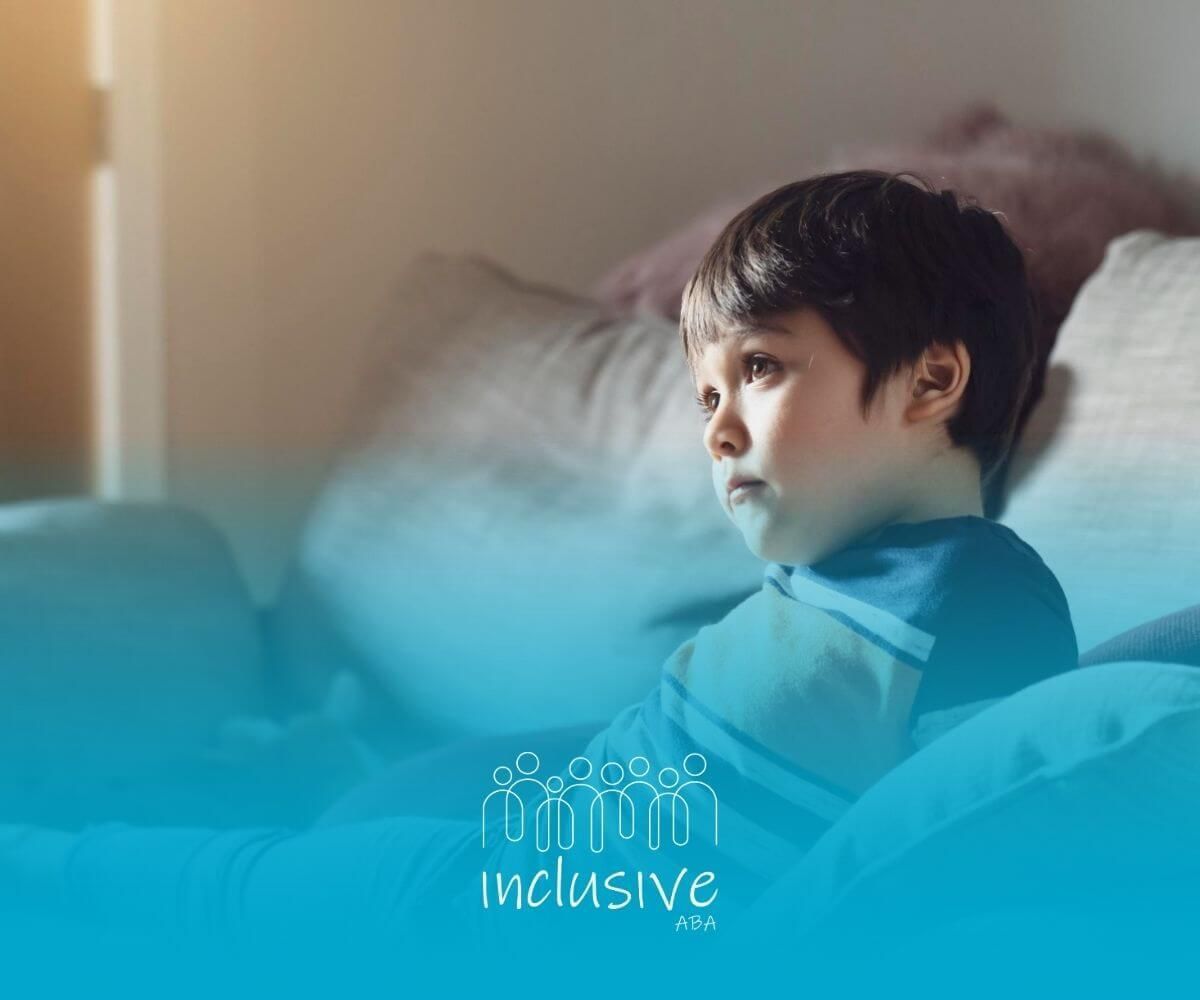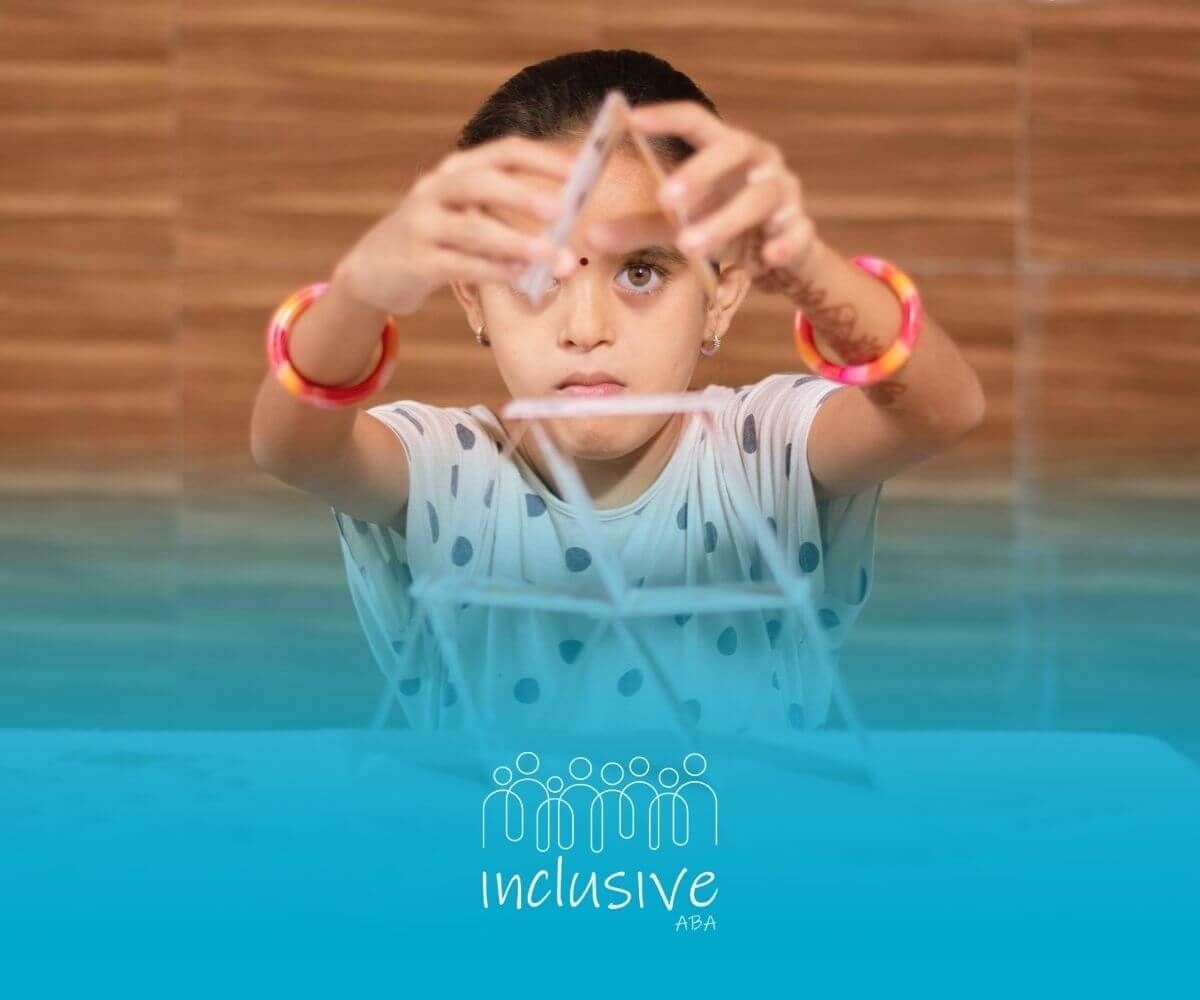Beginner's Guide to RBT Certification Requirements
Key Highlights
- High demand: RBTs are increasingly sought after due to their vital role in behavior analysis and therapy.
- Educational prerequisites: A high school diploma or GED is the foundational requirement to start your journey.
- Training importance: Completing a BACB-approved 40-hour RBT training program is a cornerstone step.
- Competency assessment: Demonstrating practical skills through an RBT competency assessment is mandatory.
- Certification exam: Passing the RBT exam solidifies your status as a Registered Behavior Technician.
- Professional growth: RBT certification opens doors to fulfilling career opportunities in various settings.
Introduction
The journey to becoming a Registered Behavior Technician (RBT) is a great career choice for anyone who loves behavior analysis and wants to help in healthcare. RBTs are important in using behavior intervention strategies. They work under the guidance of certified professionals. By finishing RBT training and following the certification rules from the Behavior Analyst Certification Board (BACB), people can start a rewarding path in applied behavior analysis. This work helps children and adults become more independent and improve their quality of life.
Understanding the Role of a Registered Behavior Technician (RBT)
A registered behavior technician (RBT) is important for applying behavior analysis (ABA) interventions. They work under a Board Certified Behavior Analyst (BCBA). RBTs help people with autism spectrum disorder (ASD) and other behavioral needs. Their tasks include collecting data, helping to train behavior technicians, and encouraging positive behavior changes. RBTs also focus on improving their skills through supervision and RBT competency assessments. This is to make sure they follow the rules set by the Behavior Analyst Certification Board (BACB).
Definition and Responsibilities
Registered Behavior Technicians are professionals who focus on behavior analysis. They help children and adults through set interventions. Working with board-certified behavior analysts (BCBAs), RBTs help use behavior strategies in schools, homes, and clinics.
Some key tasks of a Registered Behavior Technician are to carry out behavior intervention plans, collect data on how clients are doing, and help build communication skills. They support people with autism spectrum disorder (ASD). Their goal is to improve everyday living skills and reduce behaviors that can affect quality of life.
Additionally, RBTs follow ethical guidelines. They make sure that the interventions are both helpful and professional. Their abilities are checked through assessments, and they hold RBT certificates. This makes them important members of applied behavior analysis teams.
Importance in Behavioral Health
Behavior Technicians are important for improving applied behavior analysis and helping people with developmental challenges. They focus on closing the gap in behavioral healthcare, especially for people affected by autism spectrum disorders.
An RBT directly helps to enhance the quality of life for clients. They assist individuals in learning basic life skills, reducing harmful behaviors, and improving communication skills. These actions are key to helping clients succeed in the long run.
There are many career options for RBTs because the healthcare and education fields are growing quickly. Those looking to enter this field can use their experience to get advanced certifications, like becoming an assistant behavior analyst or earning Board Certified Behavior Analyst credentials. This path shows how important RBTs are in the larger field of behavioral health.
What You Need to Get Started as an RBT
Becoming a Registered Behavior Technician is achievable without advanced degrees, but you need to go through proper training and stay committed. First, you must have a high school diploma or GED.
This is paragraph text. Click it or hit the Manage Text button to change the font, color, size, format, and more. To set up site-wide paragraph and title styles, go to Site Theme.
| Training Component | Focus |
|---|---|
| ABA Foundations | Introducing core concepts. |
| Ethical Standards | Promoting client well-being. |
| Data Collection | Tracking progress effectively. |
| Intervention Skills | Applied behavior mapping. |
Programs like UTSA’s Professional and Continuing Education (PaCE) help with this training through strong curriculums. The sessions will build both practical and theoretical knowledge needed for applied competence assessments.
Certified instructors provide a complete understanding to prepare you for the final exams, encouraging steady growth among trainees.
Step 3: Pass the Competency Assessment and Exam
After finishing RBT Training, candidates move on to two last certification steps: competency assessments and RBT exams. These steps check the skills and knowledge needed for working with clients.
A Board-Certified Behavior Analyst leads the competency assessments. They watch how candidates perform tasks like intervention skills and evaluate data reports. These assessments help ensure that candidates are ready for the official exams.
The RBT certification exam has different sections on applied behavior analysis, including following ethical guidelines. Passing this exam confirms the candidates’ success. By carefully finishing these last steps, professionals actively join the healthcare field.
Conclusion
In conclusion, starting your journey to become a Registered Behavior Technician (RBT) is both rewarding and important. By knowing the key requirements and duties of the role, you can make a positive impact in the field of behavioral health. Whether you need to meet education needs, complete training, or pass tests, each step brings you closer to helping those who need it most. Keep in mind that the way to certification gives you key skills and helps you understand the importance of supporting others in their behavioral health journeys. If you have questions or need help about the RBT certification process, you can check our FAQs or contact us for personal support. Your effort to become an RBT is the first step in a meaningful career focused on helping others thrive.
Frequently Asked Questions
How long does it take to complete the RBT certification process?
The RBT certification process usually takes a few weeks to months. First, candidates must finish the application process and complete a 40-hour RBT training. Then, they move on to competency assessments and exams. The final certification depends on each person's learning experiences and following the rules to complete the final step of the process.
SOURCES:
https://www.bacb.com/rbt/
https://www.indeed.com/hire/job-description/rbt-registered-behavior-technician
https://autismfirstus.com/blog/the-role-of-a-registered-behavior-technician/
https://www.appliedbehavioranalysisedu.org/registered-behavior-technician/
https://www.bacb.com/how-to-become-an-rbt/
Looking for Expert Help? We're Here for You!
Our compassionate and skilled team is devoted to enhancing your child's development through customized ABA therapy. Let us partner with you to create a supportive environment for your child's success.
Discover how we can help your family thrive with expert ABA therapy.
Related Posts







